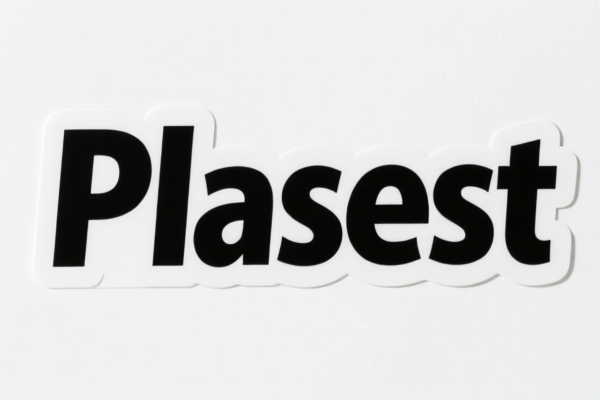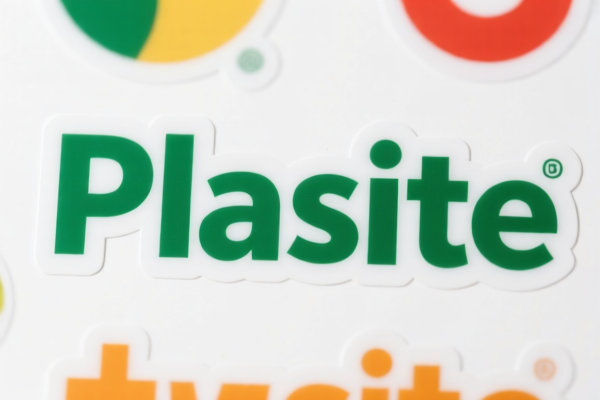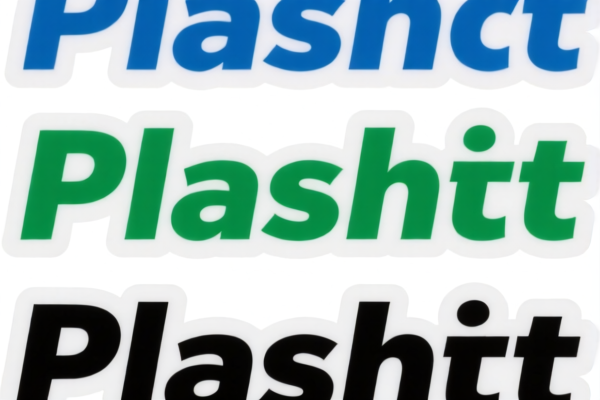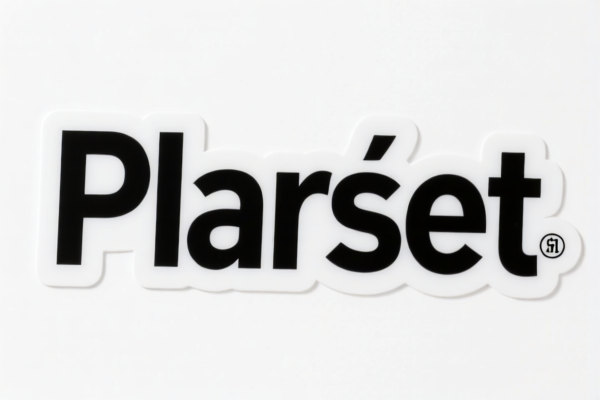| HS Code | Official Doc | Tariff Rate | Origin | Destination | Effective Date |
|---|---|---|---|---|---|
| 4908100000 | Doc | 37.5% | CN | US | 2025-05-12 |
| 4908900000 | Doc | 37.5% | CN | US | 2025-05-12 |
| 4911998000 | Doc | 37.5% | CN | US | 2025-05-12 |
| 4911996000 | Doc | 37.5% | CN | US | 2025-05-12 |
| 3919905060 | Doc | 60.8% | CN | US | 2025-05-12 |
| 3919901000 | Doc | 61.5% | CN | US | 2025-05-12 |
| 3921904010 | Doc | 34.2% | CN | US | 2025-05-12 |
| 3921905010 | Doc | 34.8% | CN | US | 2025-05-12 |




HS Code Classification for STICKER LABEL
Based on the provided reference data, classifying "STICKER LABEL" requires careful consideration of the material and printing process. Here's a breakdown of potential HS codes, with explanations to guide accurate classification:
-
4908.10.00.00 - Transfers (decalcomanias): Vitrifiable
- 49: Chapter 49 – Printed Books, Newspapers, Pictures and Other Printed Matter.
- 08: Specifically for transfers (decalcomanias).
- 10: Vitrifiable transfers – meaning they become fused with the surface they are applied to through heat. Suitable if the sticker is designed to be permanently bonded via a high-temperature process.
- Tax Rate: 37.5% (Base Tariff: 0.0%, Additional Tariff: 7.5%, Post-April 2, 2025: 30%)
-
4908.90.00.00 - Transfers (decalcomanias): Other
- 49: Chapter 49 – Printed Books, Newspapers, Pictures and Other Printed Matter.
- 08: Specifically for transfers (decalcomanias).
- 90: Other transfers – covering transfers not specifically classified as vitrifiable. This is a broader category for stickers that don't require heat fusion.
- Tax Rate: 37.5% (Base Tariff: 0.0%, Additional Tariff: 7.5%, Post-April 2, 2025: 30%)
-
4911.99.80.00 - Other printed matter, including printed pictures and photographs: Other: Other: Other: Other
- 49: Chapter 49 – Printed Books, Newspapers, Pictures and Other Printed Matter.
- 11: Other printed matter.
- 99: Other.
- 80: Other. This is a very general category and should be used cautiously. It's suitable for stickers that don't fit neatly into other more specific classifications.
- Tax Rate: 37.5% (Base Tariff: 0.0%, Additional Tariff: 7.5%, Post-April 2, 2025: 30%)
-
3919.90.50.60 - Self-adhesive plates, sheets, film, foil, tape, strip and other flat shapes, of plastics, whether or not in rolls: Other: Other Other
- 39: Chapter 39 – Plastics and articles thereof.
- 19: Self-adhesive plates, sheets, film, foil, tape, strip.
- 90: Other.
- 50: Other. This is a strong candidate if the sticker is made of plastic and is self-adhesive.
- Tax Rate: 60.8% (Base Tariff: 5.8%, Additional Tariff: 25.0%, Post-April 2, 2025: 30%)
-
3919.90.10.00 - Self-adhesive plates, sheets, film, foil, tape, strip and other flat shapes, of plastics, whether or not in rolls: Other: Having a light-reflecting surface produced in whole or in part by glass grains (ballotini)
- 39: Chapter 39 – Plastics and articles thereof.
- 19: Self-adhesive plates, sheets, film, foil, tape, strip.
- 90: Other.
- 10: Having a light-reflecting surface produced in whole or in part by glass grains (ballotini). Use this code if the sticker has a reflective surface created with glass beads.
- Tax Rate: 61.5% (Base Tariff: 6.5%, Additional Tariff: 25.0%, Post-April 2, 2025: 30%)
Important Considerations & Recommendations:
- Material: The primary material of the sticker is crucial. Is it paper-based, plastic-based, or a combination?
- Adhesive: Is the sticker self-adhesive, or does it require a separate adhesive?
- Printing Process: How was the sticker printed? (e.g., lithography, flexography, digital printing).
- Reflectivity: Does the sticker have a reflective surface? If so, how is it achieved?
- Vitrifiable: Is the sticker designed to be permanently bonded through heat?
Actionable Steps:
- Confirm Material Composition: Obtain a material safety data sheet (MSDS) or technical specification sheet for the sticker.
- Verify Adhesive Type: Determine if the sticker is self-adhesive or requires a separate adhesive.
- Check for Special Features: Note any special features, such as reflectivity or heat-bonding properties.
- Consult with a Customs Broker: If you are unsure of the correct HS code, it is best to consult with a licensed customs broker. They can provide expert guidance and ensure compliance with import regulations.
Customer Reviews
No reviews yet.